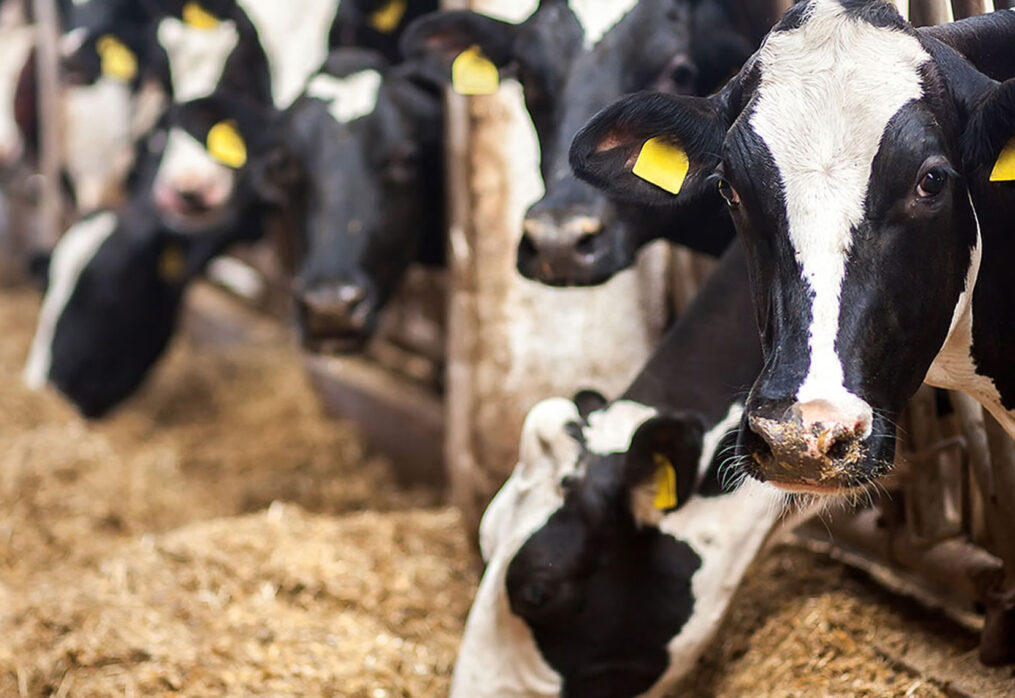Common Mistakes to Avoid When Feeding Maize Silage to Dairy Cows in Kenya
Maize silage is a popular feed option for dairy cows in Kenya, as it is readily available and provides a nutritious source of energy and fiber. However, there are some common mistakes that farmers can make when feeding maize silage to their cows that can lead to reduced milk production and overall herd health. In this article, we will discuss some of these mistakes and how to avoid them.
Mistake #1: Feeding Too Much Maize Silage
One of the most common mistakes that farmers make when feeding maize silage to their cows is feeding too much of it. While maize silage is a nutritious feed option, it is important to remember that it is still high in energy and can lead to weight gain and other health issues if overfed. Cows should be fed a balanced diet that includes a variety of feed options, including hay, pasture, and grains. A general rule of thumb is to feed no more than 50% of a cow’s total diet as maize silage.
Mistake #2: Feeding Maize Silage with High Moisture Content
Maize silage needs to be ensiled properly to preserve its nutritional value and prevent spoilage. One of the most important factors in proper ensiling is ensuring that the maize has the right moisture content when it is harvested. If maize is harvested with too high of a moisture content, it can lead to poor fermentation, mold growth, and decreased nutritional value. On the other hand, if the maize is harvested with too low of a moisture content, it can lead to a dry, dusty feed that is difficult for cows to digest. It is important to use a moisture meter to test the moisture content of the maize before ensiling to ensure that it is within the recommended range.
Mistake #3: Not Testing Maize Silage for Nutrient Content
Not all maize silage is created equal, and the nutrient content can vary depending on a number of factors, including the variety of maize, the soil type, and the fertilization program. It is important to test each batch of maize silage for nutrient content, including protein, energy, fiber, and minerals, to ensure that cows are receiving a balanced diet. Testing can be done using a laboratory analysis or with a handheld forage testing device.
Mistake #4: Not Allowing for Sufficient Fermentation Time
Maize silage needs to ferment for a sufficient amount of time to ensure that it is properly preserved and has a good nutrient content. If maize silage is not allowed to ferment for long enough, it can lead to poor fermentation, mold growth, and decreased nutritional value. The ideal fermentation time for maize silage is between 30 and 60 days, depending on the moisture content and the type of silage storage system being used.
Mistake #5: Feeding Maize Silage that is Contaminated with Soil or Other Debris
Maize silage can become contaminated with soil, rocks, and other debris during harvesting and ensiling. It is important to remove any visible contaminants before feeding the maize silage to cows, as these can lead to digestive issues and other health problems. In addition, it is important to ensure that the storage system for the maize silage is clean and free from debris.
Feeding maize silage to dairy cows in Kenya can provide a nutritious and cost-effective feed option. However, it is important to avoid common mistakes when feeding maize silage, including overfeeding, feeding silage with high moisture content, not testing for nutrient content, not allowing for sufficient fermentation time, and feeding contaminated silage. By following best practices for maize silage harvesting, ensiling, and feeding, farmers can ensure that their cows are receiving a balanced diet that supports optimal health and milk production
